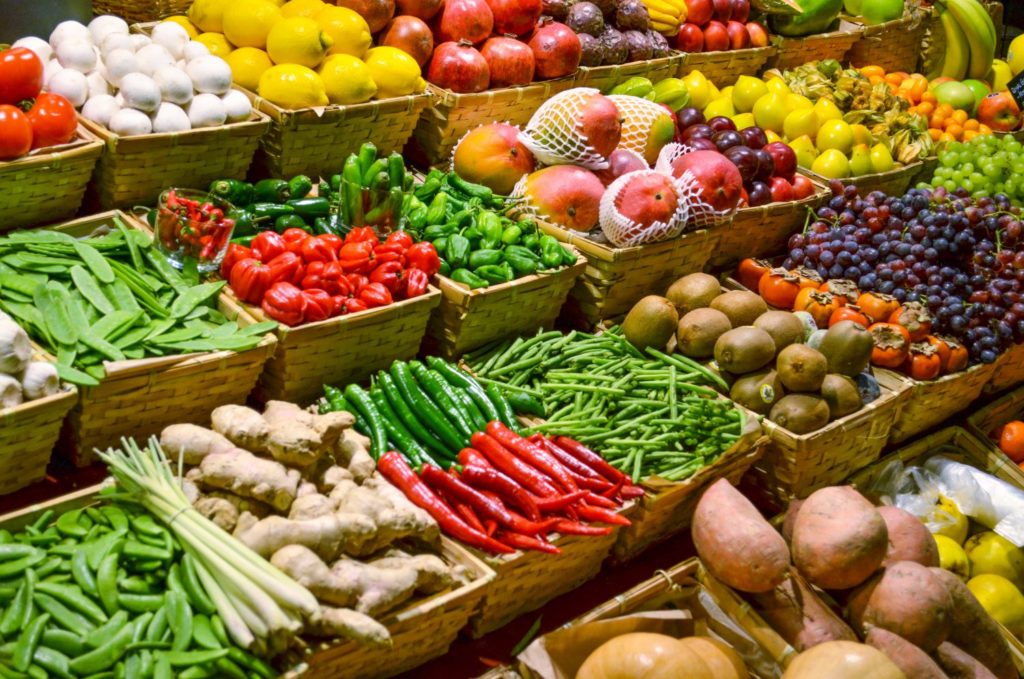Food for thought: A nutritional versus high energy diet

It is a well known fact that we should eat at least two servings of fruit and five servings of vegetables per day. A serving of fresh fruit is a medium piece of fruit and of vegetables it is half a cup of cooked vegetables or about a cup of salad. A recent survey undertaken in Australia found that on average, men only ate 1.6 servings of fruit and 2.3 of vegetables per day, and women had 1.8 servings of fruit and 2.5 of vegetables.
The daily requirements are based on a large number of studies that show the reduced risk of developing certain health conditions, with an increase in the consumption of fruit and vegetables. If this is the dietary recommendation, why is so difficult to reach these amounts on a daily basis? Our western diets are comprised of high fat and high sugar content foods with grains, pastas and cereals making up a large portion of our meal plans. This diet, which has a high energy content, is usually favored over the high nutrient value of a diet rich in fruit and vegetables, but lower on the energy scale. It is cheaper and more filling and thus a more convenient way of eating. However, over-consumption of these food types tend to lead to overweight and obesity, especially in women.
The negative side of including more fruit and vegetables in your diet, is the extra expense, the time and skill required to prepare meals, the lack of simplicity of putting ready made food on the table and the short fresh-span that fruit and vegetables have before they perish. All these factors contribute to the absence of enthusiasm when trying to promote a healthy dietary lifestyle.
Good dietary habits are best inbred at a young age – and what better example to set, than to send healthy snacks and cut up fruit and vegetables to school. Variety is the key and interchanging fresh with frozen and canned products, gives the family a large assortment of choices. Being able to discover and create simple, quick and appetizing recipes is the next step in altering your family’s gastronomical appetites.